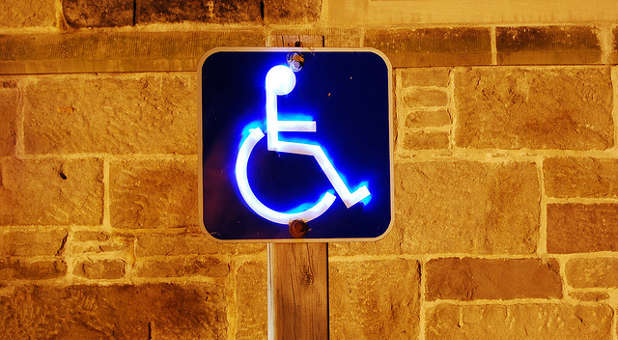‘Transabled’ People Maim Themselves Because They Feel Like Imposters in Their Own Bodies
Ever looked at your healthy, functioning body and thought, “Wow, I really wish I couldn’t walk to the mailbox”? Ever hated your ability to see, hear or feed yourself? So much so that you actually take the drastic steps to saw off your arm, blind yourself or cripple your own legs? Probably not, though despite how bizarre these thoughts might seem, they are apparently real enough to a subset of people calling themselves “transabled.”
Having been compared to identity disorders such as transgenderism, transabled people believe that their working limbs, senses or abilities are not a proper reflection of their true selves. The troubling thoughts can be all-engrossing, eventually driving people to chop off their own working limbs or otherwise purposefully inflicting injury upon themselves in an attempt to attain their “ideal disabled self,” often providing “accident” cover stories so as to keep their disorder a secret.
“We define transability as the desire or the need for a person identified as able-bodied by other people to transform his or her body to obtain a physical impairment,” Alexandre Baril told Canada’s National Post. Baril, who is disabled and transgender but not transabled, presented on transability at Congress of the Social Sciences and Humanities at the University of Ottawa earlier this month.
“The person could want to become deaf, blind, amputee, paraplegic,” Baril continued. “It’s a really, really strong desire.”
According to Baril, the transgender community has tried to distance themselves from the transabled movement due to similarities between the two identity disorders and fears that an association between the two could set back the growth of transgender acceptance. Proponents of transgenderism have long fought to get the disorder removed from the Diagnostic and Statistical Manual of Mental Disorders, while transabled advocates are endeavoring to raise enough awareness for full inclusion of their struggle.
Despite resistance from both the disabled community and the burgeoning transgender movement, many with transability are looking to piggyback off the massive inroads the “trans movement” has made recently, looking for acceptance from the public for both their disorder and the drastic “solutions” they struggle with in an effort to make their bodies match their disabled “true identity.”







































